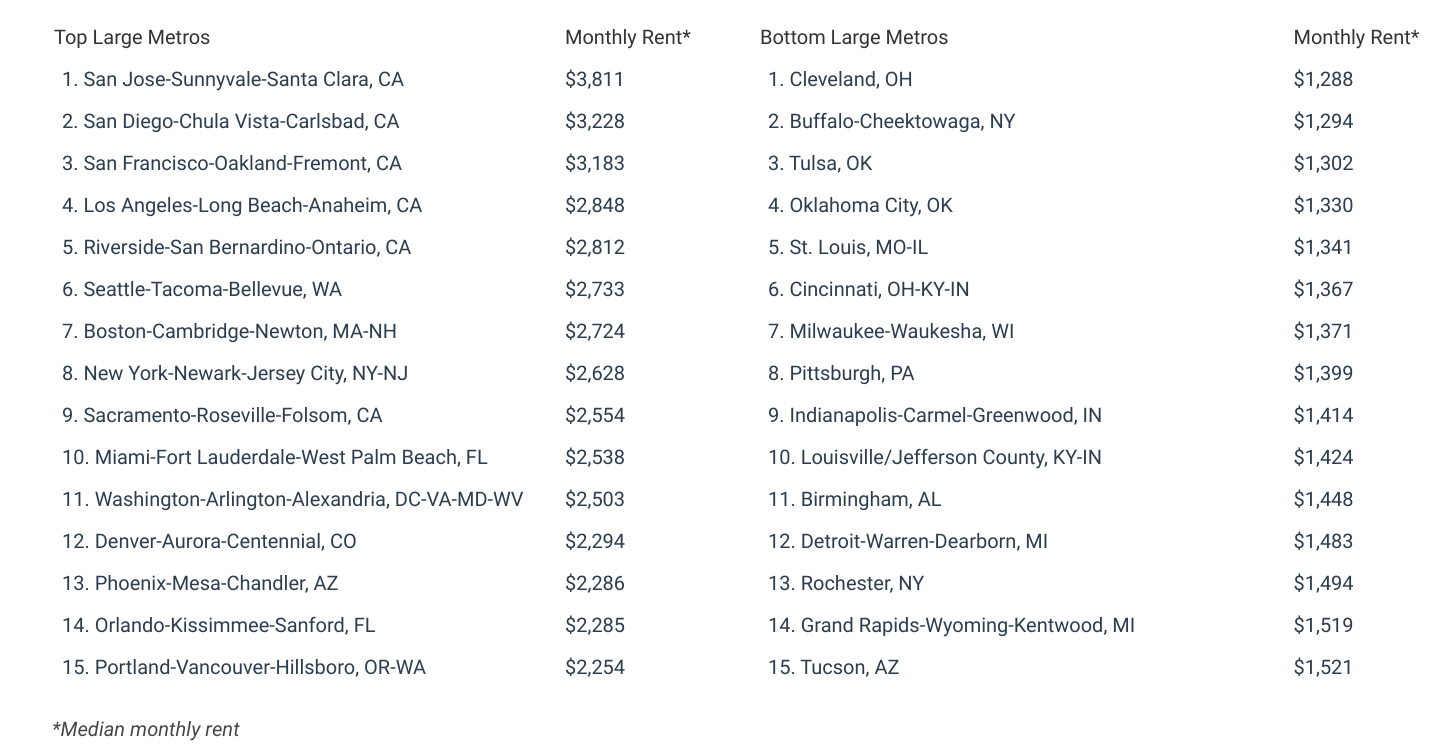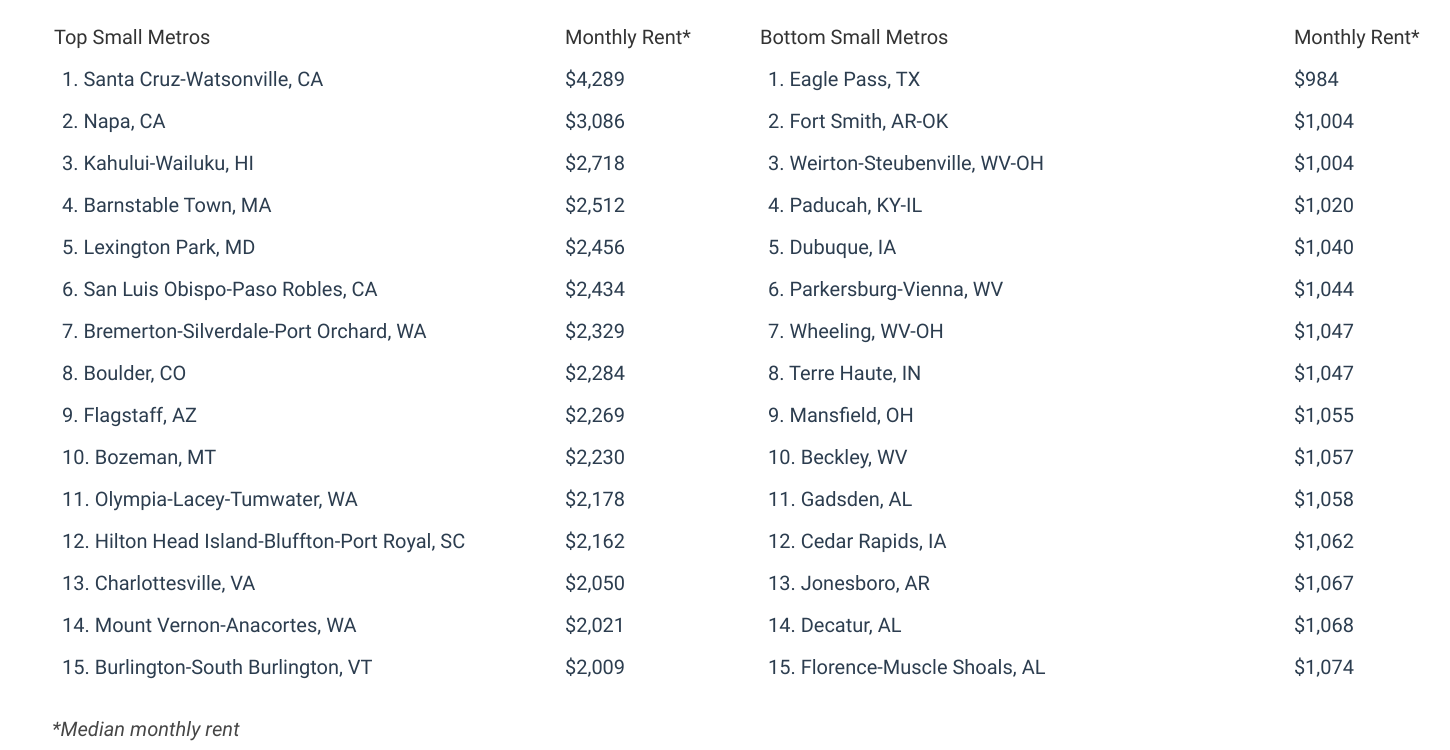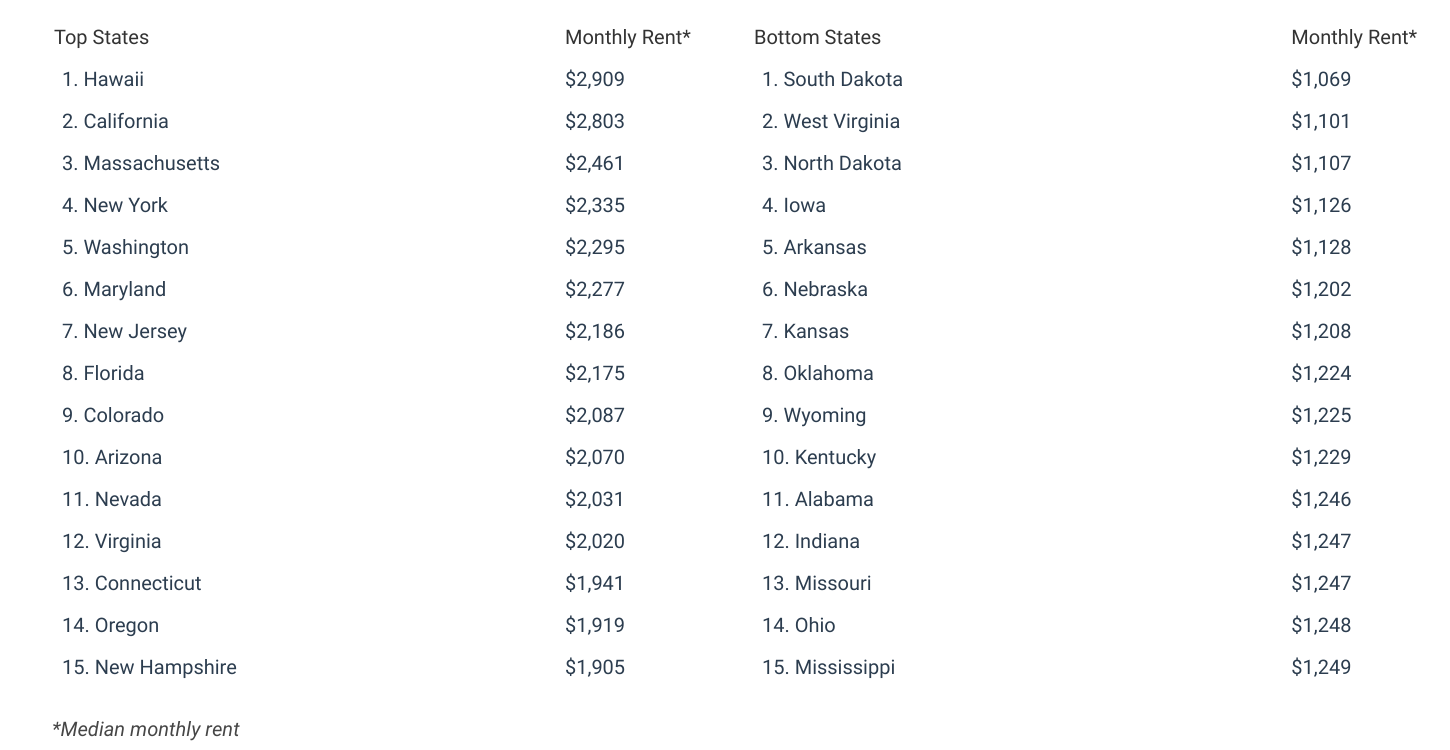While the rate of inflation in most sectors of the economy has slowed over the last year, the cost of shelter in the U.S. remains high for many consumers. Inflation data released by the Bureau of Labor Statistics in October 2024 revealed that while the Consumer Price Index overall was up 2.4% year-over-year, the index for shelter had risen 4.9% over the same span. Increasing rent prices have been a major reason why.
The dynamics of the rental market in recent years largely reflect simple supply and demand. In the years following the housing crash and Great Recession, the number of new housing construction projects plummeted and were slow to recover over the course of the 2010s. Around the same time, the Millennial generation—America’s largest, with more than 72 million members—began to reach adulthood, introducing greater demand in the market.
Economic conditions during the COVID-19 pandemic exacerbated issues with the rental market. As fast-rising real estate values priced more people out of homebuying, rental markets became more competitive among consumers. On the supply side, inflation in the cost of materials, high interest rates, and tightness in the labor market have all contributed to difficulties in developing new housing stock.
Rental Supply & Prices Over Time
A historically tight rental market drove prices up at the fastest rate since the 1980s

Source: Construction Coverage analysis of U.S. Bureau of Labor Statistics data | Image Credit: Construction Coverage
All of these issues have come to a head over the last couple of years. The combined crunch of limited supply and high demand have driven the national rental vacancy rate—a key metric used to track the availability of rental housing—to its lowest levels since the late 1980s. With fewer units available, prices have risen dramatically. The year-over-year increase in rents jumped from a recent low of 1.8% in Q2 2021 to a peak of 8.7% in Q1 2023. While the pace of rent hikes has since slowed to under 5% annually, providing some relief, renters are still grappling with prices that continue to outpace wage growth and remain at record highs due to years of unusually steep increases.
Residential Rent Prices by Location
Top coastal states are about twice as expensive as the Midwest for renters

Source: Construction Coverage analysis of U.S. Department of Housing and Urban Development data | Image Credit: Construction Coverage
However, the impact of rent increases has not been felt evenly across the U.S., as renters in some locations face much higher costs than in others. Recently released data from the Department of Housing and Urban Development (HUD) shows that 12 states now have median market rents exceeding $2,000 per month, an increase from nine states last year. Hawaii leads the list with a median rent of $2,909, followed by California at $2,803, Massachusetts at $2,461, and New York at $2,335.
Beyond the broader national supply and demand trends, many of these high-cost areas experience even greater pressures due to strong local economies, high levels of tourism, and more severe supply constraints. These constraints stem from a combination of strict regulations, zoning laws, and geographic limitations that make it particularly difficult to increase housing availability in these regions.
Unsurprisingly, the states with the highest rents are also home to some of the nation’s priciest metropolitan areas for renters. California dominates the list, claiming 11 of the 12 most expensive metros overall, including all five of the most expensive large metros with populations of one million or more.
Below is a breakdown of the most and least expensive rental markets. The analysis was conducted by researchers at Construction Coverage, a website that provides construction software and insurance reviews, using data from the U.S. Department of Housing and Urban Development and the U.S. Census Bureau. For more information and complete results, see U.S. Cities With the Highest Rent Prices on Construction Coverage.
Most & Least Expensive Large Metros for Renters



Most & Least Expensive States for Renters

Methodology

Photo Credit: Andy Dean Photography / Shutterstock
The data used in this study is from the U.S. Department of Housing and Urban Development’s 2025 50th Percentile Rent Estimates dataset and the U.S. Census Bureau’s 2023 American Community Survey 1-Year Estimates. To determine the locations with the highest rent prices, researchers at Construction Coverage calculated a median monthly rent estimate across all rental types in each location. This estimate was calculated as a weighted average of each location’s median monthly rent price across each rental size category (i.e. studio, one-bedroom, two-bedroom, etc.). The weights used in the calculation were the number of renter-occupied housing units belonging to each size category as reported by the Census Bureau in 2023. In the event of a tie, the location with the greater one-bedroom rent was ranked above. Note that Connecticut counties were mapped to metropolitan areas based on 2020 delineations, unlike other counties, which were mapped using the 2023 delineations. This discrepancy arises because HUD relies on older county delineations for Connecticut compared to those used by the U.S. Census Bureau.
Only locations with populations of 100,000 or more and data available from all sources were included. To improve relevance, metropolitan areas were grouped into size cohorts based on population: small (less than 350,000), midsize (350,000–999,999), and large (1,000,000 or more).
For complete results, see U.S. Cities With the Highest Rent Prices on Construction Coverage.





